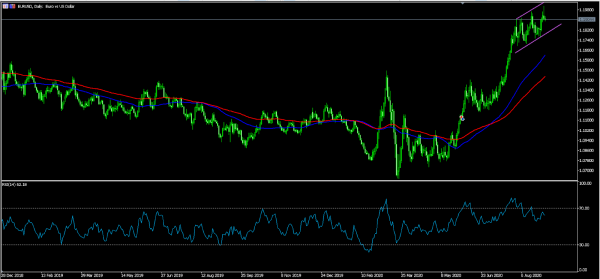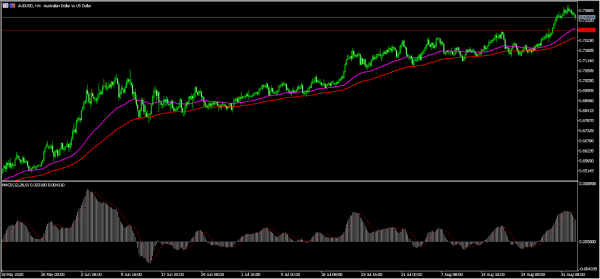The US dollar rose slightly as traders reacted to strong manufacturing PMI data from the United States. According to the Institute of Supply Management (ISM), the manufacturing PMI rose to 56.0 in August from the previous 54.2. That increase was better than the 54.0 that analysts were expecting. Another survey by Markit showed that the PMI increased to 53.1 in August from the previous 50.9. These numbers show that the US manufacturing sector is doing relatively well even as the number of coronavirus cases in the US continues to rise. Later today, the currency will react to the ADP employment change data and factory orders numbers.
The New Zealand dollar rose sharply during the Asian session as traders reacted to the strong terms of trade numbers from New Zealand. According to the country’s statistics office, export prices increased by 2.4% in the second quarter. That was better than the decline of 1.6% that analysts were expecting. Import prices declined by 0.1% while the broad terms of trade increased by 2.5%. These numbers came a day after we received relatively strong building consent data from the country.
The Australian dollar declined as traders reacted to the second-quarter GDP data from the country. According to the statistics office, the Gross Domestic Product (GDP) declined by 7% in the second quarter, the largest quarterly decline on record. This decline was worse than the 6% that analysts were expecting. This was mostly because of a 12.1% decline in household final consumption and a 17.6% decline in spending on services. Separately, we will receive the Nationwide house price index data from the UK, German retail sales and the Fed’s Beige Book.
EUR/USD
The EUR/USD pair is little changed during the Asian session. It is trading at 1.1905, which is slightly lower than yesterday’s high of 1.2000. On the four-hour chart, the price is still above the 50-day and 100-day EMA. The RSI has moved from the overbought level of 82 to the current 62. Also, the pair has formed an ascending channel that is shown in pink. Therefore, it is likely to fall as bears attempt to test the lower side of this channel.
AUD/USD
The AUD/USD pair declined slightly during the Asian session. It is trading at 0.7350, which is slightly below yesterday’s high of 0.7413. On the four-hour chart, the price is above the short and medium-term moving averages. The signal and main line of the MACD have made a bearish crossover also. Further, the price is above the important level of 0.7279 that is shown in red. Therefore, there is a possibility that the pair will decline today as bears attempt to test this level.
NZD/USD
The NZD/USD pair rose to an intraday high of 0.6780, which is the highest level since July 19. This price is slightly below the important resistance level at 0.6800. On the daily chart, it is above the 50-day and 100-day exponential moving averages while the MACD has continued to move higher. The pair is likely to continue rising as bulls attempt to move above 0.6800 level.
















